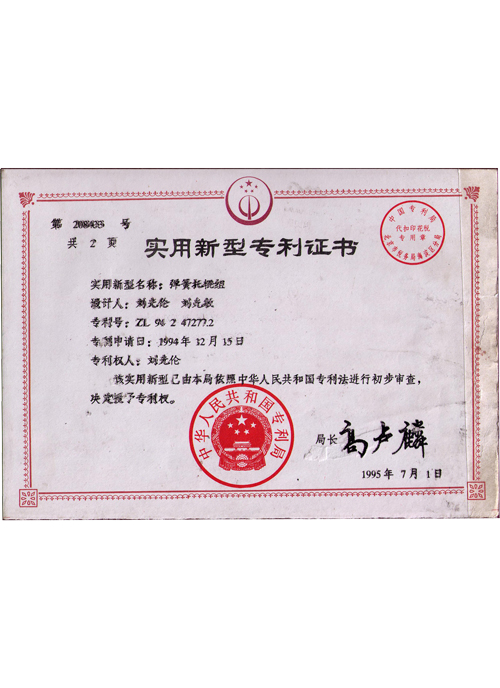 Afrikaans
Afrikaans  Albanian
Albanian  Amharic
Amharic  Arabic
Arabic  Armenian
Armenian  Azerbaijani
Azerbaijani  Basque
Basque  Belarusian
Belarusian  Bengali
Bengali  Bosnian
Bosnian  Bulgarian
Bulgarian  Catalan
Catalan  Cebuano
Cebuano  Corsican
Corsican  Croatian
Croatian  Czech
Czech  Danish
Danish  Dutch
Dutch  English
English  Esperanto
Esperanto  Estonian
Estonian  Finnish
Finnish  French
French  Frisian
Frisian  Galician
Galician  Georgian
Georgian  German
German  Greek
Greek  Gujarati
Gujarati  Haitian Creole
Haitian Creole  hausa
hausa  hawaiian
hawaiian  Hebrew
Hebrew  Hindi
Hindi  Miao
Miao  Hungarian
Hungarian  Icelandic
Icelandic  igbo
igbo  Indonesian
Indonesian  irish
irish  Italian
Italian  Japanese
Japanese  Javanese
Javanese  Kannada
Kannada  kazakh
kazakh  Khmer
Khmer  Rwandese
Rwandese  Korean
Korean  Kurdish
Kurdish  Kyrgyz
Kyrgyz  Lao
Lao  Latin
Latin  Latvian
Latvian  Lithuanian
Lithuanian  Luxembourgish
Luxembourgish  Macedonian
Macedonian  Malgashi
Malgashi  Malay
Malay  Malayalam
Malayalam  Maltese
Maltese  Maori
Maori  Marathi
Marathi  Mongolian
Mongolian  Myanmar
Myanmar  Nepali
Nepali  Norwegian
Norwegian  Norwegian
Norwegian  Occitan
Occitan  Pashto
Pashto  Persian
Persian  Polish
Polish  Portuguese
Portuguese  Punjabi
Punjabi  Romanian
Romanian  Russian
Russian  Samoan
Samoan  Scottish Gaelic
Scottish Gaelic  Serbian
Serbian  Sesotho
Sesotho  Shona
Shona  Sindhi
Sindhi  Sinhala
Sinhala  Slovak
Slovak  Slovenian
Slovenian  Somali
Somali  Spanish
Spanish  Sundanese
Sundanese  Swahili
Swahili  Swedish
Swedish  Tagalog
Tagalog  Tajik
Tajik  Tamil
Tamil  Tatar
Tatar  Telugu
Telugu  Thai
Thai  Turkish
Turkish  Turkmen
Turkmen  Ukrainian
Ukrainian  Urdu
Urdu  Uighur
Uighur  Uzbek
Uzbek  Vietnamese
Vietnamese  Welsh
Welsh  Bantu
Bantu  Yiddish
Yiddish  Yoruba
Yoruba  Zulu
Zulu conveyor lagging
Understanding Conveyor Lagging Importance and Benefits
Conveyor systems are integral to various industries, facilitating the smooth transport of materials and products. One critical component often overlooked in conveyor maintenance is lagging. Conveyor lagging refers to the material that covers the drive drum of a conveyor belt system, serving as a crucial interface between the belt and the drum. This article explores the importance of conveyor lagging, its benefits, and how it contributes to the efficiency of conveyor systems.
The primary purpose of lagging is to enhance the friction between the conveyor belt and the drive drum. This increased friction helps in preventing slippage, ensuring that the belt operates efficiently. Without proper lagging, a conveyor system may experience significant downtime due to slippage, leading to increased maintenance costs and operational delays. By improving the grip, lagging allows for smoother operation, especially in heavy-load scenarios.
There are various types of lagging materials available, including rubber, ceramic, and polyurethane. Each type features unique properties suitable for different operational environments. For instance, rubber lagging offers excellent abrasion resistance and is ideal for coal and aggregate conveyors. In contrast, ceramic lagging provides high wear resistance, making it suitable for applications involving heavy wear and tear.
conveyor lagging

Beyond enhancing friction, conveyor lagging also plays a protective role
. It helps reduce wear and tear on the drive drum, extending its lifespan. By absorbing shock loads and vibrations during operation, lagging minimizes the risk of damage to both the drum and the conveyor belt, ultimately resulting in lower replacement and repair costs.Moreover, proper lagging contributes to energy efficiency within conveyor systems. A well-lagged drum requires less power to drive the conveyor belt, reducing energy consumption. This not only lowers operational costs but also aligns with sustainability efforts in various industries by minimizing energy waste.
Regular inspection and maintenance of conveyor lagging are crucial. Over time, lagging can wear out due to the harsh conditions of industrial environments. Scheduled maintenance ensures that any signs of wear are addressed promptly, preventing more significant issues down the line.
In conclusion, conveyor lagging is a vital aspect of conveyor system functionality and maintenance. By enhancing friction, protecting equipment, and contributing to energy efficiency, lagging plays a significant role in ensuring that conveyor systems operate effectively and reliably. Understanding the importance of lagging can lead to more informed decisions regarding conveyor maintenance, ultimately resulting in improved productivity and reduced costs across various industrial applications.
-
Revolutionizing Conveyor Reliability with Advanced Rubber Lagging PulleysNewsJul.22,2025
-
Powering Precision and Durability with Expert Manufacturers of Conveyor ComponentsNewsJul.22,2025
-
Optimizing Conveyor Systems with Advanced Conveyor AccessoriesNewsJul.22,2025
-
Maximize Conveyor Efficiency with Quality Conveyor Idler PulleysNewsJul.22,2025
-
Future-Proof Your Conveyor System with High-Performance Polyurethane RollerNewsJul.22,2025
-
Driving Efficiency Forward with Quality Idlers and RollersNewsJul.22,2025





























